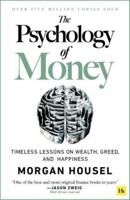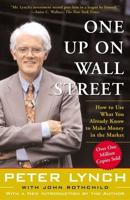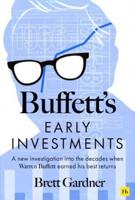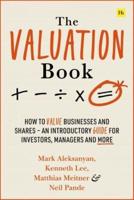Publisher's Synopsis
In the era of global financial markets, where transactions are executed in milliseconds and data flows at unprecedented speeds, algorithmic trading has emerged as a transformative force. This discipline, which combines finance, programming, mathematics, and artificial intelligence (AI), allows traders and professionals to automate complex strategies, analyze large volumes of data, and seize opportunities that would be impossible for the human eye. From high-frequency trading (HFT) algorithms that dominate stock exchanges to bots operating in cryptocurrency markets, algorithmic trading has redefined trading in the 21st century.
However, with great power comes great responsibility. Algorithmic trading is not without its challenges. Phenomena such as slippage -the difference between the expected and executed price-can erode profits (Part I). AI models, although powerful, run the risk of overfitting to historical data or generating opaque decisions (Part III). Events such as the 2010 Flash Crash , where algorithms amplified a market decline in minutes, underscore the importance of stability and oversight (Part IV). Moreover, financial regulations, such as MiFID II and SEC rules, impose strict requirements to ensure fairness, transparency, and investor protection (Part V). Above all, ethical issues-such as market manipulation and the use of biased data-demand a responsible approach (Part V, Ethics and Risks sections).
This book is designed for traders, developers, and financial professionals who want to master the art and science of algorithmic trading. Whether you're building your first trading bot, optimizing a strategy with machine learning, or navigating the complex regulatory landscape, this guide will provide you with the tools, techniques, and knowledge needed to succeed. Through technical explanations, practical Python examples, and clear visualizations, we'll explore every facet of algorithmic trading, from the fundamentals to advanced applications.










